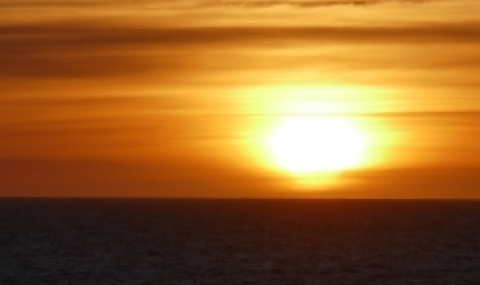Paleoclimate is one of the tools to understand the potential effects of climate change. While modern observations and model predictions are valuable tools to study climate change, paleoclimate provides a long-term perspective with a wide range of boundary conditions (e.g., radiation and atmospheric CO2). Our group focuses on reconstructing past climate over the glacial-interglacial cycles (i.e., the past few hundred thousand years). We mainly use the geochemistry of terrestrial records such as lake deposits and loess.
Our research focuses at sensitive regions along the edges of the rainbelt and desert belt that records any transition or changes in global circulation cells and global climate.
Projects
Reconstructing past rainfall and rainfall sources in the East Mediterranean during arid periods based on the Dead Sea Deep Drilling Cores
The Dead Sea is located in a key locaiton on the edges of the desert belt and records the climate both in the Mediterranean climate system and the desert belt.
The Dead sea Deep Drilling Cores provide a unique opportuinity to reconstruct in high resolution the climate during the driest times in the East Mediterranean. Based on thick layers of salt, reflecting extreme aridity in the region, it is possible to reconstruct changes in lake levels that caused by changes in rainfall. In addition, the isotopic composition of uranium provides quantitative information about the sources of water in the region (northern sources such as the Jordan River vs. southern sources from the desert and flash floods). Our findings show the consequences of drying climate and high temperature in the sensitive region of the Middle East, providing important insights into the expected effect of the current warming.
Dust sources to Europe during cold events
Windblown deposits tend to increase during cold periods on Earth. However, the source of dust during those periods is unclear, and may provide essential information regarding atmospheric circulation dynamics in times when ice sheets are large. We work on a unique section in Czech, which is one of the only terestrial sections that correlates to ocean records and global climate. By analyzing the geochemistry of the windblown deposits, we aim to reconstruct the changes in the dust sources of the past 200 thousand years.


